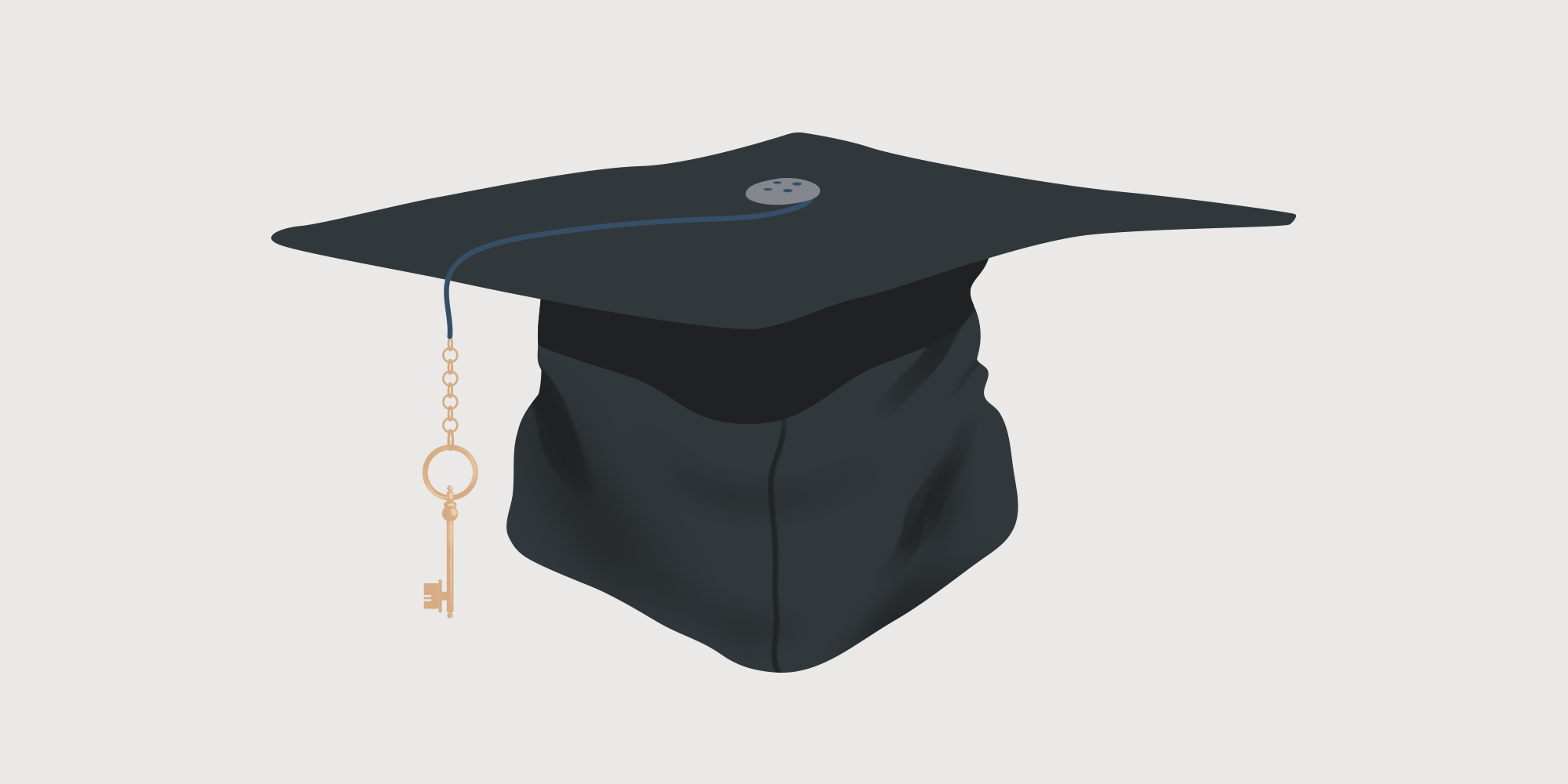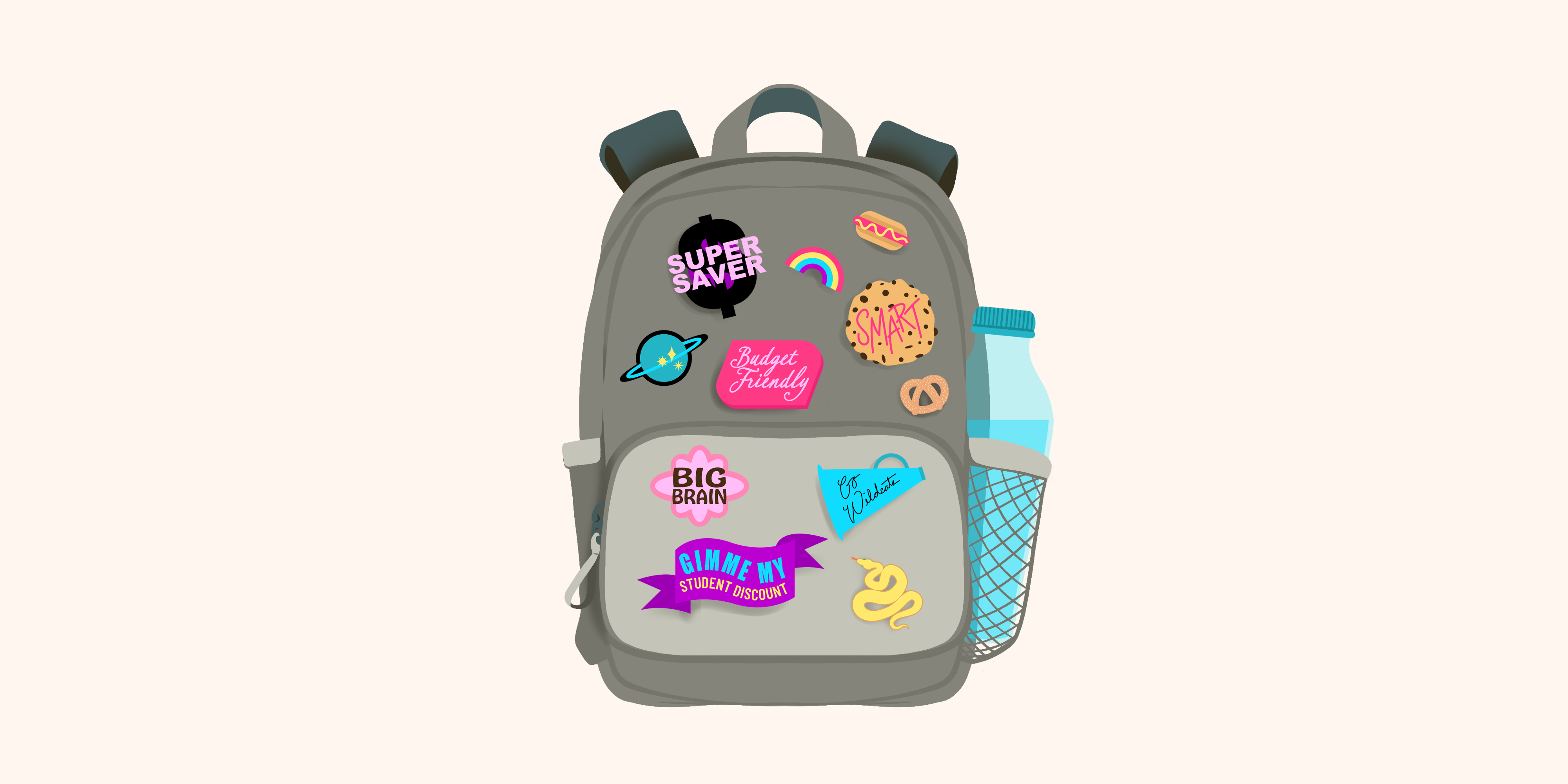For many exploring their options in post-secondary education, money is top of mind. Whether it’s paying for tuition, the cost of living, or both, the financial aspect of these endeavours is something that is often a factor of what program a student considers, as well as where it’s located.
According to a 2023 poll by Embark Student Corp., 75 per cent of students stated that it’s very hard to afford a post-secondary education, with 53 per cent saying they believe that graduating with debt is part of the student experience. Of those with debt, 79 per cent reported that the amount of debt they take on during school can be debilitating. One in three say they’ve considered quitting because of money.
Debt levels, stress levels
It’s no wonder students are stressed about debt levels, when the average student loan debt per person upon graduation in Canada was $15,578, as of July 2022, with 1.9 million Canadians owing the federal government a total of $23.5 billion in federal student loans, according to Employment and Social Development Canada (ESDC).
The monetary side of post-secondary education is also incredibly stressful for the family of students, as another Embark survey done in April showed that three out of four parents (73 per cent) think that a post-secondary education is essential, but 61 per cent had to stop saving because of increased living costs. Lasty, 64 per cent of parents say they would feel like a failure if their child had to incur significant debt to attend a post-secondary institution.
“They feel like it’s their responsibility to help their kids or pay for it and they’re willing to sacrifice their own financial health to pay for it, including getting into debt themselves,” says Andrew Lo, chief executive officer of Embark. “Our counter to these pressures is, well, it’s never too late to start saving. Start as early as you can.”
So what options are there for those trying to pay for their post-secondary education?
Provincial/federal loans
First off, there are federal and provincial government loans. Each province and territory has their own requirements and student loan application process, which can be explored here.
There’s also the option to apply for Canada Student Loans and Grants, and students in several provinces and territories may be eligible to receive both loans. The main requirements are being a citizen or permanent resident and demonstrating financial need. You also need to apply at least two months before the start of your program. For full-time students, you need to be taking at least 60 per cent of a full course load. For part-time students, it’s more than 20 per cent. The loan amount you may receive is based on a number of factors including, tuition fees and education costs; your savings/financial contributions; your living situation; and your annual income.
The biggest point of interest for student loans is that they are interest free, even after graduation, making them an attractive option.
“I would always advise someone to actually take some time to familiarize yourself with the different government programs for student loans that are available,” says Sophie Salcito, a wealth advisor at Vancity. “How do those work? What are the interest rates? What is the federal government loan? Just trying to wrap your head around all these options.”
Post-graduation, there may also be some monetary incentive depending on what you studied and where you live or relocate to, she explains.
“There’s actually some great advice and options out there for loan forgiveness around certain jobs in certain remote communities,” says Salcito.
When it comes to repayment, if you’re struggling financially, there may also be an option to defer one’s student loans, known as the repayment assistance program (RAP) and the repayment assistance program for borrowers with disabilities (RAP-D). If approved, you may qualify for reduced payments, or no payments at all, until the loan is paid, but you must re-apply every six months to remain eligible.
Grants and bursaries
According to Scholarships Canada, millions of dollars in scholarships go unclaimed every year because some scholarships (about one in 20) simply don’t have any applicants. That’s free money that no one claims every year, so it’s important for potential students to look hard for these scholarships and bursaries.
There are websites that can help with the search, like this page from Universities Canada or this searchable database from Scholarships Canada.
“I think everybody could qualify for something,” says Salcito. “I got a small one from my high school. Whether it’s from there, usually you can apply to your own school, and then looking out further, what do my parents do for a job? Are those companies offering grants to children for the employees? Dig all around for these, as deep as you can.”
Loans from financial institutions (aka private loans)
There are a lot of options to borrow money from a financial institution, but it’s important to know the interest rates, expectations of payment (the longer the time period before the interest kicks in after graduation, the better), and requirements for the loan – as well as how much you’re eligible for – to determine if this is a viable option.
Often called a student line of credit, each institution will offer its own version of these loans and you may have to get someone to co-sign the loan with you in order to qualify. You must also be a Canadian resident and be able to show proof of enrollment at a post-secondary institution.
For most undergraduate programs, the interest rate of these loans sits around prime +1 per cent, and a student may be eligible to borrow upwards of $20,000 per year over four years ($80,000 in total). Graduate students may be eligible for much more – in some cases $175,000 – depending on the program they are pursuing, such as medicine or law.
Dave Giles, a financial advisor at Sun Life, explains that some financial institutions may have associations with certain programs, universities, colleges or trade schools so it’s worth asking around if there are any school-bank links.
“If they’re not inclined to reach out to a (financial) advisor yet at that age, I would definitely suggest that they reach out to the student body and find out what bank is affiliated with that profession,” says Giles. “Each school has a Facebook group as well, where the students can talk to each other and help each other with this kind of information.”
And even if this is new information and you’ve found a bank that offers a better interest rate on this kind of loan, there may still be an option to transfer your student loan.
“For any school that I’ve worked with, even if you’ve signed up for X bank on your loan, as long as you haven’t graduated yet, you can always flip to another bank,” says Giles.
Considerations
Giles also says it’s important for those considering post-secondary education to do some research before they go into a certain program, knowing how much debt they’ll incur and what their profession will pay. It may not influence the decision to pursue that career option at all, but it’s worth having all of the information.
“Plan it out beforehand knowing what this career is going to cost you,” says Giles, adding you want to think about whether your salary will be large enough to offset the debt you incurred to work in that field – and that it’s a profession you actually want to practice.






